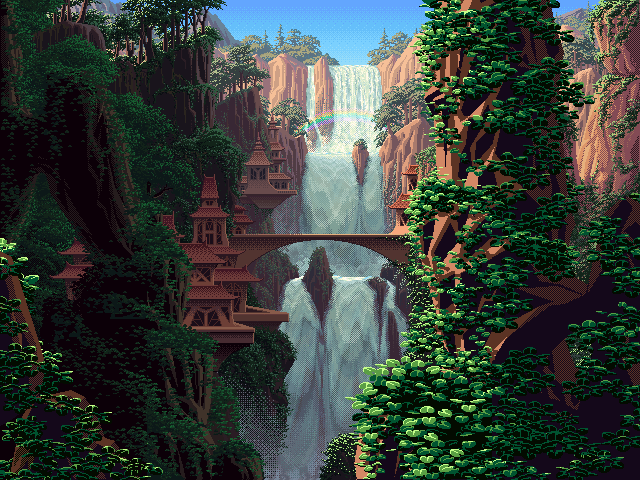I have a solution but it is dependent on you being familiar with the Javascript Console in Firefox (install the Firebug plugin), Chrome or Safari.
In case you're not, google it, or try to just right click anywhere on the page, choose "Inspect Element" and look for "Console"...
What the code does:
It allows you to take 10 screen-grabs of the CANVAS element every 1/10th of a second. Both these values are easily modified since you can tweak to find the number of iterations you'd like to get. For the example you give, the canvas element ID is 'mycanvas'.
Once it has the screen-grabs it outputs the images into the page. At that point you can save the individual images.
Running the code
Paste in the following code into the Javascript Console:
var canvas = document.getElementById("mycanvas");
var shots = [];
var grabLimit = 10; // Number of screenshots to take
var grabRate = 100; // Miliseconds. 500 = half a second
var count = 0;
function showResults() {
//console.log(shots);
for (var i=0; i<shots.length; i++) {
document.write('<img src="' + shots[i] + '"/>\n');
}
}
var grabber = setInterval(function(){
count++;
if (count>grabLimit) {
clearInterval(grabber);
showResults();
}
var img = canvas.toDataURL("image/png");
shots.push(img);
}, grabRate);
and press CTRL-Enter to execute it.
It should take a few seconds to run so please be patient.
After that you should have all the necessary frames (any maybe more) to create an animated GIF via ImageMagick, this website MakeAGif.com, or other app.
Side Note
If for some reason you need to output as GIF of JPG instead of PNG just update, as needed, this:
var img = canvas.toDataURL("image/png");
to one of these:
var img = canvas.toDataURL("image/gif");
var img = canvas.toDataURL("image/jpg");
Support for output as gif or jpg may not be in all browsers (should be most).
(BIG) UPDATE #1
First, I'm keeping the code above intact rather than updating it because both approaches could be helpful to others.
Second, this new code DOES NOT SOLVE the problem. It kind-of does but one major drawback. It creates an animated GIF (Yipee!) but its in various shades of green (Boooo!). Not sure how/why, but maybe someone can take it from here and see what I've missed.
So here we go... same rules apply - copy and paste it into the Javascript Console of a browser (it lags in Firefox but Google Chrome its pretty fast... 10 seconds or so to run).
var jsf = ["/Demos/b64.js", "LZWEncoder.js", "NeuQuant.js", "GIFEncoder.js"];
var head = document.getElementsByTagName("head")[0];
for (var i=0;i<jsf.length;i++) {
var newJS = document.createElement('script');
newJS.type = 'text/javascript';
newJS.src = 'http://github.com/antimatter15/jsgif/raw/master/' + jsf[i];
head.appendChild(newJS);
}
// This post was very helpful!
// http://antimatter15.com/wp/2010/07/javascript-to-animated-gif/
var w = setTimeout(function() { // give external JS 1 second of time to load
console.log('Starting');
var canvas = document.getElementById("mycanvas");
var context = canvas.getContext('2d');
var shots = [];
var grabLimit = 10; // Number of screenshots to take
var grabRate = 100; // Miliseconds. 500 = half a second
var count = 0;
function showResults() {
console.log('Finishing');
encoder.finish();
var binary_gif = encoder.stream().getData();
var data_url = 'data:image/gif;base64,'+encode64(binary_gif);
document.write('<img src="' +data_url + '"/>\n');
}
var encoder = new GIFEncoder();
encoder.setRepeat(0); //0 -> loop forever, 1+ -> loop n times then stop
encoder.setDelay(500); //go to next frame every n milliseconds
encoder.start();
var grabber = setInterval(function(){
console.log('Grabbing '+count);
count++;
if (count>grabLimit) {
clearInterval(grabber);
showResults();
}
var imdata = context.getImageData(0,0,canvas.width,canvas.height);
encoder.addFrame(context);
}, grabRate);
}, 1000);
It uses some helpful code, pointers and JS files referenced in this blog post JavaScript to (Animated) GIF. I use some JS files directly but you should copy these locally if you're going to use it a lot.
The output for me was this GIF:

So its something, but not what you need...

